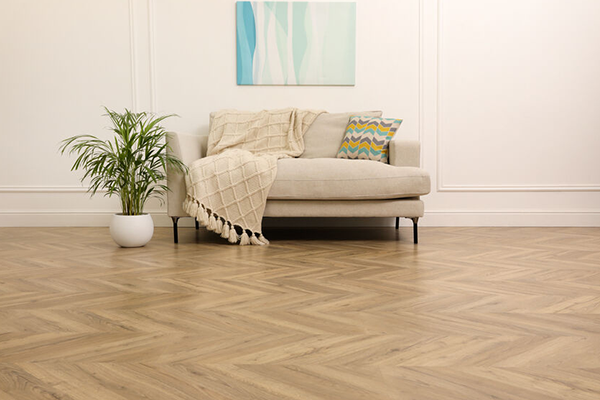
Embarking on a home remodel or building a new home from scratch presents an exciting opportunity to define the interior design of your space. One critical element that sets the tone for your home is the flooring. The variety of options, each with unique features and benefits, can challenge the selection process. But with proper understanding and planning, you can make a well-informed decision that beautifully complements your home.
One way to simplify your flooring selection process is through a comprehensive planning tool that helps estimate potential expenses. These tools are vital in keeping your project within budget while ensuring your chosen material meets all your requirements.
1. Understand Your Lifestyle Needs
Before diving into the diverse world of flooring materials, it’s essential to consider your lifestyle. What is the nature of foot traffic in your home? Do you have pets? Are there children in the house? All these factors significantly influence your flooring choice. For instance, homes with pets or children might fare better with durable and easy-to-clean options like vinyl or laminate. These materials offer the look of hardwood or stone without the high cost.
2. Evaluate Your Budget
Understanding your budget is as critical as considering your lifestyle. Flooring options span a broad range, from budget-friendly laminate to luxury marble, and your choice depends on how much you’re willing to invest. Bear in mind that your total flooring cost involves not only the price of materials but also the cost of installation. Some flooring types require professional installation, which could significantly increase your expenses. Hence, a tool such as CostCertified can provide a detailed estimate and ensure you stay within your budget.
3. Consider the Room’s Function
Different rooms serve different purposes, and this should guide your flooring choice. Bathrooms and kitchens, for instance, need water-resistant flooring like ceramic tiles or vinyl. Conversely, living areas could benefit from the coziness and elegance of hardwood or carpet. Choosing flooring goes beyond just aesthetics; practicality is equally important. While a plush carpet might look attractive in your living room, a more durable option might serve better in high-traffic areas.
4. Research Flooring Materials
Having considered your lifestyle, budget, and the function of each room, you’re now equipped to delve into the specifics of different flooring materials. From hardwood to tile, carpet, vinyl, laminate, and more, understanding the pros and cons of each choice will enable you to make a well-informed decision. For instance, hardwood is a classic choice that adds warmth and value to your home but is susceptible to water damage. On the other hand, laminate is more affordable and durable but doesn’t offer the same luxurious feel as hardwood.
5. Seek Professional Advice
Flooring selection is a vital decision that impacts not only your home’s aesthetics but also its value. Therefore, seeking professional advice is advisable. Experienced contractors and interior designers can guide you in decision-making, offering valuable insights and realistic estimates.
Professionals often use specialized remodeling estimate software to provide precise costings. This level of accuracy makes it easier for you to budget and plan your flooring project effectively.
6. Think Long-Term
The final but crucial aspect of selecting your ideal flooring is to consider the long-term implications of your choice. While it’s easy to get swayed by contemporary trends, remember that trends can be fleeting. Therefore, selecting flooring that looks good now and will continue to add value and appeal to your home in the coming years is essential. Additionally, your chosen flooring material should align with your long-term plans. If you intend to stay in your home for a considerable amount of time, investing in higher-quality, durable materials is worthwhile.
Also, when considering longevity, it’s necessary to think about maintenance and the overall lifespan of the material. The right flooring should look great and withstand the rigors of your lifestyle. For instance, while offering timeless appeal, hardwood flooring requires regular maintenance and refinishing over the years. On the other hand, materials like porcelain tiles or luxury vinyl might demand less upkeep. Evaluating these factors using construction estimate tools will help you select a flooring option that is beautiful, practical, and durable, adding value to your home in the long run.
The journey of choosing the perfect flooring for your home is a personal and strategic one. This process intertwines your preferences, practical needs, and financial considerations, culminating in a decision that significantly influences the ambiance and functionality of your living space. By taking a balanced approach and considering all crucial aspects, you are more likely to land a choice that will bring lasting satisfaction, comfort, and value. Remember, Leveraging tools for accurate estimates and professional advice can help you make the best choice.
